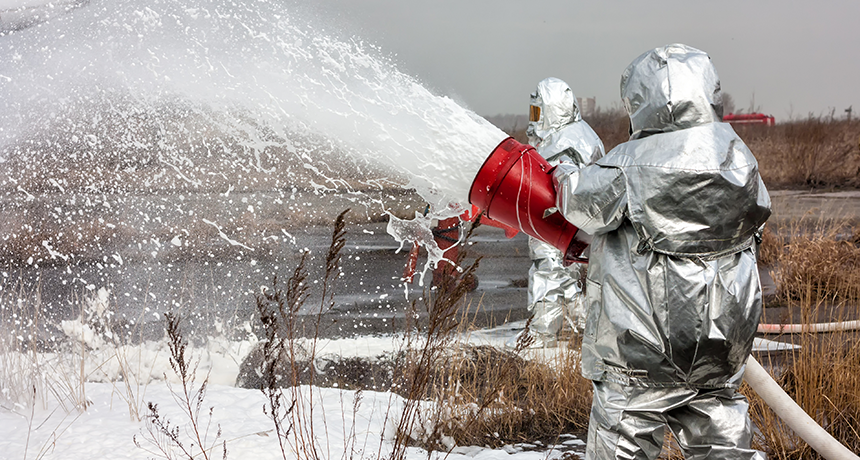Questions for ‘New ‘magnet’ pulls pesky nonstick pollutants from drinking water’

Many fire-fighting foams contain PFCs that can pollute the environment, including drinking-water sources. But a new, reusable material can pull at least one of these nasty chemicals out of water.
Dushlik/iStockphoto